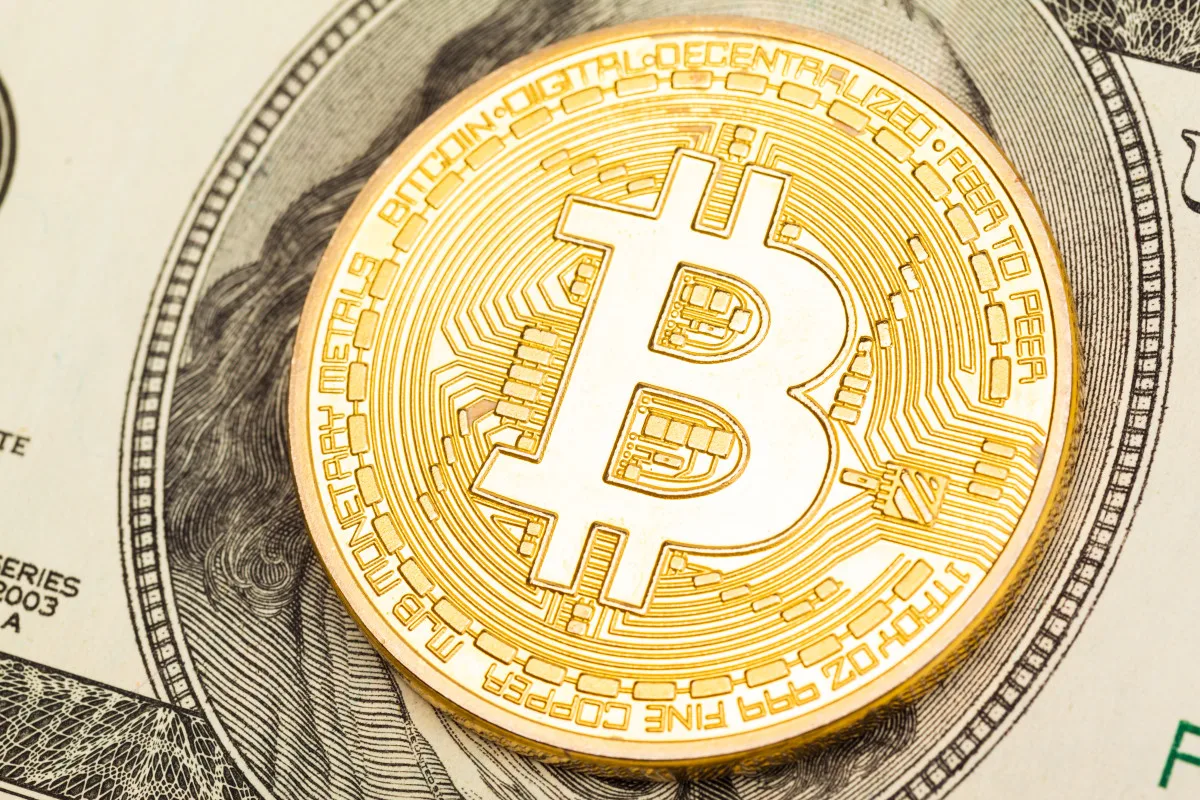Exploring the Evolution of Valentine’s Day Marketing
The Origins and Transformation of Valentine’s Day
Valentine’s Day, steeped in centuries-old traditions, didn’t start as the romantic holiday we recognize today. Initially influenced by the ancient Roman festival Lupercalia, this historic event consisted of rituals far removed from our current chocolate and heart-shaped celebration. Notably, the day connected with the execution of St. Valentine on February 14, around 278 A.D., who famously signed off a letter to his jailer’s daughter with "From Your Valentine."
The Renaissance: How Literature Shaped Valentine’s Day
[Shakespeare’s] literature and Geoffrey Chaucer romanticized Valentine’s Day centuries later. Chaucer incorporated references to the day in his literary works, metaphorically linking love to the promise of summer in winter’s heart. Similarly, Shakespeare played a role in embedding romantic themes into popular culture, with his famous "Sonnet 18."
The literature of these iconic authors helped transform Valentine’s Day into a celebration of love and affection, establishing it as a theme that would evolve and grow in popularity over the years.
The Commercial Ascent of Valentine’s Day
By the 1700s, Valentine’s Day gradually transitioned from Europe to the U.S., correlating with colonial expansions. Esther Howland significantly contributed to its commercialization by creating some of the earliest American Valentine’s cards, establishing a precedent for what would become a thriving industry. Howland’s cards sparked a cultural wave that indicated a significant demand, ultimately earning her the title "Mother of the American Valentine."
Over the years, Valentine’s Day has inspired numerous marketing innovations. From Cadbury’s 19th-century chocolate boxes to Hallmark’s iconic cards, Valentine’s Day became an industry of its own. The digital era further revolutionized this by expanding the platform through which Valentine’s Day is observed and celebrated. Marketing campaigns have adapted to include not just traditional messages of love but also unique advertising approaches, like Hinge’s campaign offering childcare to single parents.
Marketing Lessons from Valentine’s Day History
Valentine’s Day serves as a striking example of how cultural phenomena can be commercially leveraged while maintaining traditional appeal. For marketers, the takeaway is to align campaigns with authentic stories and genuine audience values. By doing so, you can effectively tap into the spirit of Valentine’s Day while staying true to your brand identity.
From historical traditions to modern-day marketing marvels, the evolution of Valentine’s Day demonstrates the power of strategic cultural engagement. From our hearts to yours, Happy Valentine’s Day! Stay informed as this celebration continues to transform and inspire.
For more insightful marketing strategies, Click Here For More Marketing tips and strategies.
- This post was initially published in January 2017 and has been updated for relevance.
Discover more from Make Money Online and Work From Anywhere
Subscribe to get the latest posts sent to your email.




